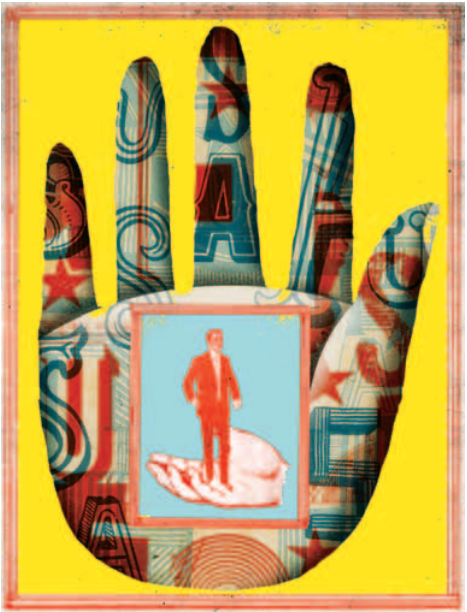Immigrants’ Rights Clinic: Success Lies in Planning
Being a victim of domestic violence is devastating, but having a violent spouse threaten to have you deported from the country can make an already difficult situation much worse. Sadly, this is an all too familiar scenario encountered by students working in Stanford Law’s Immigrants’ Rights Clinic (IRC), but one for which there is a legal remedy—and a learning opportunity.
“Marta,” an immigrant from Mexico, had been with her husband, a U.S. citizen, for several years before he became physically violent. He’d promised to file her application for permanent resident status but never did. When she finally left him he threatened to report her to the immigration authorities if she didn’t return. So her situation was bleak when she brought the case to the IRC. Not only was she afraid of her husband, she was afraid of being thrown out of the country and separated from her children.
The first thing that Ling Lew ’09 and her clinic partner Mindy Jeng ’09 did when they were assigned Marta’s case was to come up with a strategy. They worked closely with IRC Director and Associate Professor of Law Jayashri Srikantiah and Cooley Godward Kronish Clinical Teaching Fellow Jennifer Lee Koh to develop a detailed case plan that included a play-by-play outline of everything from client interviews to a list of witnesses to a legal brief.
“Preparation is everything,” says Lew. “It’s something that Professor Srikantiah drilled into us.”
During class time, they readied for their case by reviewing—and reviewing again—their case plan. They prepared for interviews by videotaping role-playing exercises—each taking a turn at interviewing the “client”—and then studying their work in playback. They wrote numerous drafts of the letter brief that they ultimately submitted to the immigration authorities on Marta’s behalf.

And they met with a Stanford psychiatrist, a faculty member at the School of Medicine who works regularly with the IRC.
“This was my first time working in depth with someone who had experienced domestic violence,” Lew says. “Having the benefit of professional psychiatric advice was invaluable. We eased into the discussion of abuse and didn’t even ask our client about it in our first interview. We had to build trust.
Lew and Jeng filed a petition for legal status for Marta under the Violence Against Women Act and, thanks to their efforts, she has been granted a work authorization permit and is waiting for the results of the petition.
The clinic targets two areas of great need in Northern California and ones which were not being fully addressed by existing legal services organizations—assistance for immigrant survivors of domestic violence and immigrants facing deportation from the United States because of past criminal convictions. Started four years ago by Srikantiah, Stanford Law’s IRC is now working at capacity with many more clients seeking representation than the clinic can take on. “We’re constantly inundated with requests for help,” says Srikantiah. “It’s gratifying to see students graduate from the clinic and go on to assist immigrants in their practice, whether on a pro bono basis or full time.”
Along with direct service client cases, students in the clinic are also assigned to work on legal advocacy projects representing immigrants’ rights organizations ranging from the American Immigration Lawyers Association to local nonprofits on everything from developing know-your-rights materials to impact litigation. For Alison Sylvester ’09 and Julia Weiland ’09, that meant putting aside more traditional lawyerly work to write an opinion piece on unlawful immigration raids. The piece was published in May 2008 in the San Francisco Daily Journal.
“I think it’s important to help individuals, but it’s equally important to advocate on behalf of a whole group and to get the message more widely known,” says Sylvester. “This is particularly relevant to immigration cases, which can be so emotionally charged, and a lot of that comes out in the media. It’s important for lawyers with some training and experience in the field to put forward an informed view.”
Now in the advanced clinic—and her last year at Stanford Law—Lew is thankful she had the opportunity to cut her lawyerly teeth in the supportive environment of the IRC.
“I feel well prepared,” says Lew. “And learning in the clinic, we had the luxury of teachers who gave us good feedback and ensured we learned the skills we will need. We also had the luxury of time—time to absorb the lessons, and time to reflect on them. It has been a tremendous experience, both rewarding in helping our client and in learning how to be a good lawyer.”
